This guide is a reconstruction of a resource created by Carrie Price.
Use this guide to begin or hone your research.
This guide is intended as a starting point for research in Human Sexuality.
Sex and sexuality are topics of great interest. There are also many misconceptions and continuing research to learn more about these topics!
So I hope this guide will help you find high-quality information for both academic and personal uses.
Decide in your row who is going to look at Source A and who is going to look at Source B
Use Lateral Reading to investigate the source.
You want to answer such questions as:
The key is to initially spend more time looking outside the source than you do before deciding to invest time reading a source.
This technique can be used any time getting it right really matters to you, even on a topic that is new to you :)
And since you have limited time and almost limitless information, it will actually save you time.
SAGE Knowledge is a searchable collection of thousands of selected ebooks and over 60 encyclopedias and reference works covering many subjects, including business and management, criminal justice, education, family studies, politics, and many others, and provides unlimited, site-wide use. Terms and Conditions.
